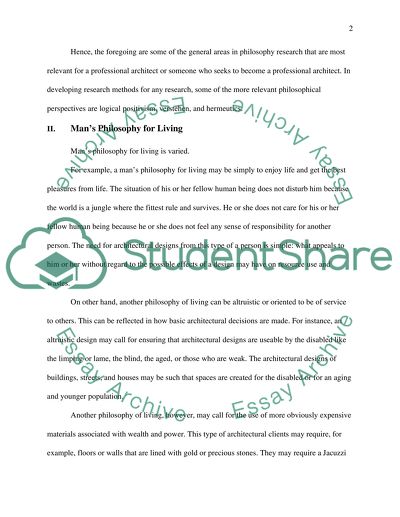Cite this document
(“Research philosophies and approaches Essay Example | Topics and Well Written Essays - 3000 words”, n.d.)
Retrieved from https://studentshare.org/environmental-studies/1410405-research-philosophies-and-approaches
Retrieved from https://studentshare.org/environmental-studies/1410405-research-philosophies-and-approaches
(Research Philosophies and Approaches Essay Example | Topics and Well Written Essays - 3000 Words)
https://studentshare.org/environmental-studies/1410405-research-philosophies-and-approaches.
https://studentshare.org/environmental-studies/1410405-research-philosophies-and-approaches.
“Research Philosophies and Approaches Essay Example | Topics and Well Written Essays - 3000 Words”, n.d. https://studentshare.org/environmental-studies/1410405-research-philosophies-and-approaches.


